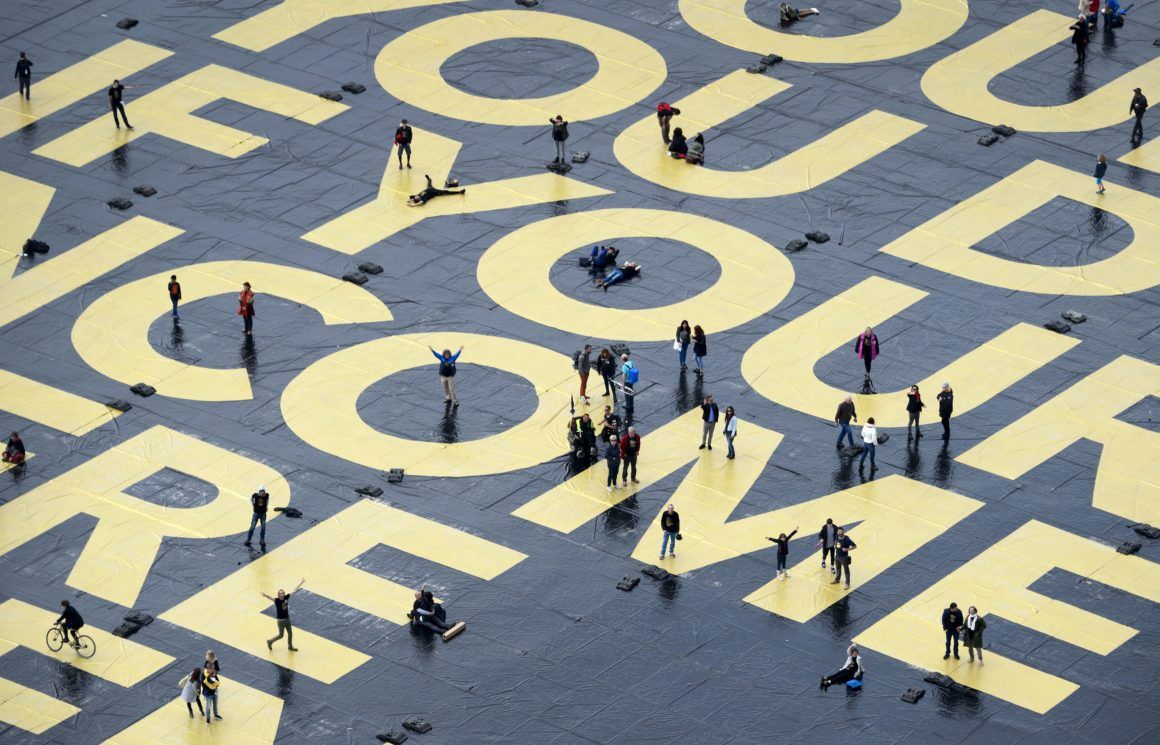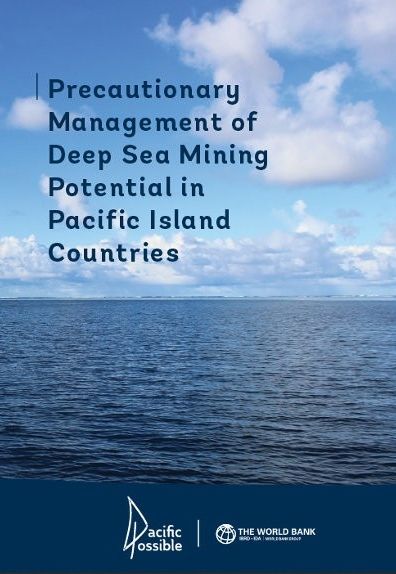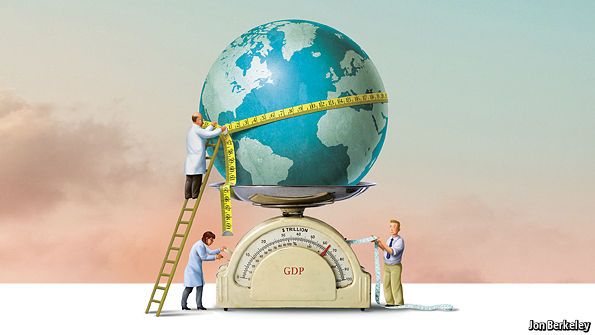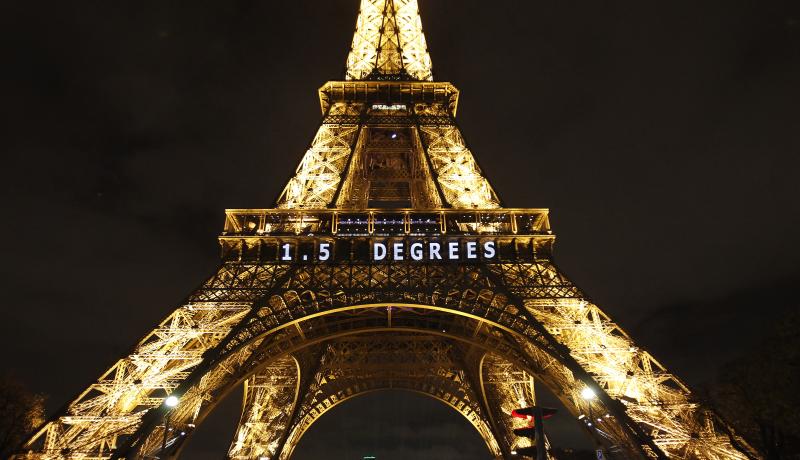I personally can confirm that QC is not being worked on and advance by just a couple groups such as D-Wave and IBM. The questions/bumps in the road that we will all face is threefold:
1) how do we standardize the QC? right now (like most innovation) is done in siloes and limited cross-collaboration across government, labs & universities, and commercial companies. 2) governance and compliance; how will these need to change across multiple areas 3) id & mitigate all impacts instead of after deployment (don’t be reactive) because we will not have that luxury due to hackers.
There is a temptation to lump quantum computing in with technologies such as fusion power in the sense that both have been proposed for decades with the promise of tremendous leaps in performance.
Whilst fusion power continues to frustrate, there are signs of real progress being made in quantum computing. There is barely a tech giant in the world that doesn’t have dedicated teams working on the topic, and these teams are beginning to bring quantum computing out of the lab and into the real world.
At the forefront of this is IBM, who recently announced that they would connect up a quantum computer to the web and allow us to play with it. The project involves a 5 qubit machine, with a qubit allowing it to operate in both ‘0 and 1’ states at the same time, thus increasing its potential computational power enormously. A one qubit machine has roughly 16 possible states, but once you get over 300, you begin to exceed the number of atoms in the universe.







